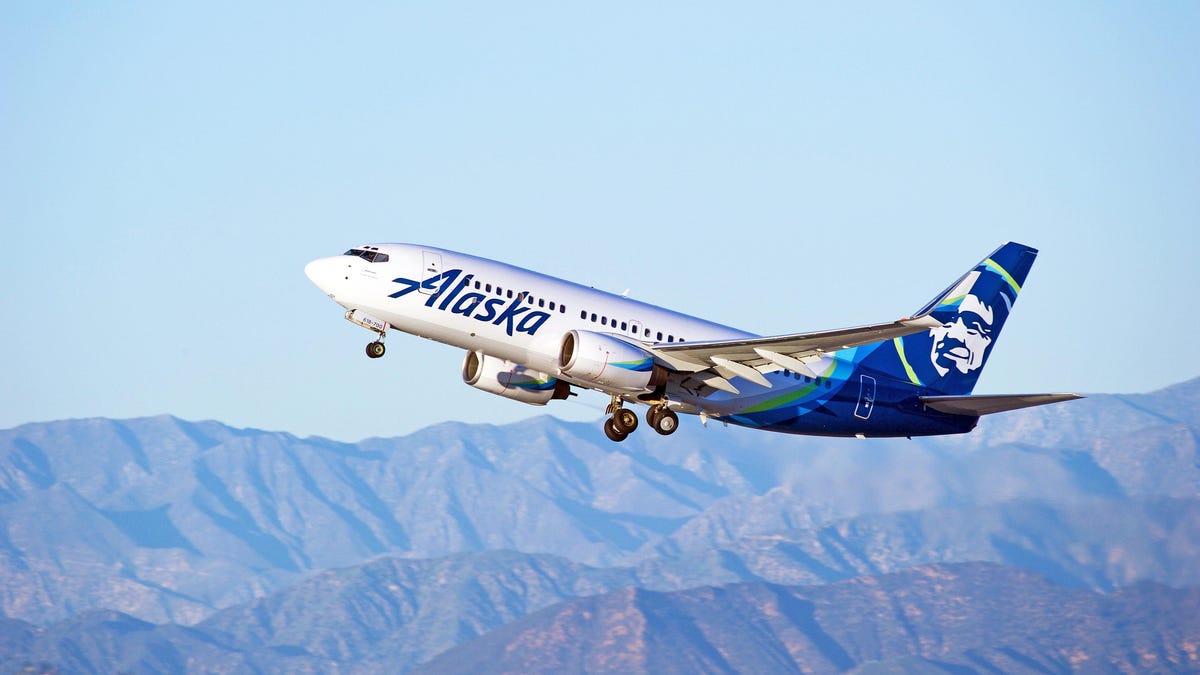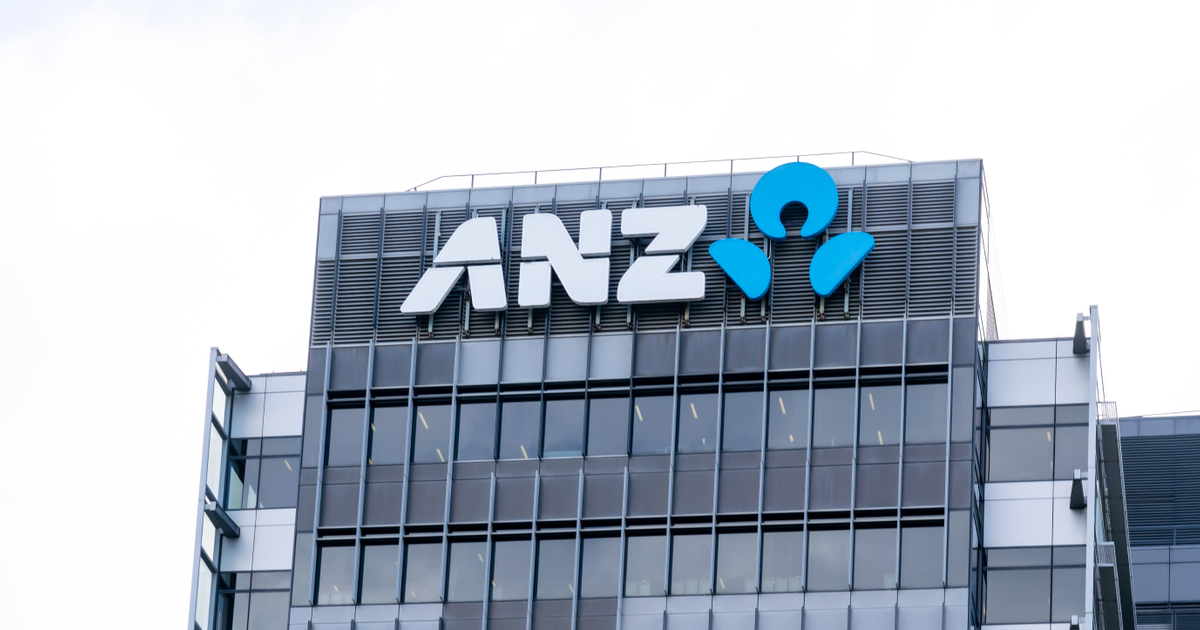How to Tell If a Subscription Flight Service Is Worth Your Money
Subscription services can be a win-win for businesses and consumers alike. Sometimes, these models are even better for the consumers than the business (RIP MoviePass). Now, Alaska Airlines is getting in on the subscription economy with Flight Pass, an...


Photo: Philip Pilosian (Shutterstock)
Subscription services can be a win-win for businesses and consumers alike. Sometimes, these models are even better for the consumers than the business (RIP MoviePass). Now, Alaska Airlines is getting in on the subscription economy with Flight Pass, an annual plan that allows subscribers to book participating flights as a part of a fixed monthly fee that allegedly costs less than standard airfare rates.
Alaska Airlines initially claimed that Flight Pass is the first-ever major flight subscription service, which is not entirely accurate. Still, Flight Pass appears more promising than predecessors like Jet Blue’s misleading All You Can Jet program—so long as you’re consistently traveling in participating destinations.
We’ve done the math to see if Flight Pass is worth your money. But first, here’s an overview of what Alaska Airlines is offering with their subscription model.
An overview of Flight Pass
Alaska’s Flight Pass subscription options include six, 12 or 24 roundtrip flights annually from over 15 destinations within California, Nevada, and Arizona. So, if you’re not traveling at least once every two months in the Southwest, then Flight Pass won’t be a great deal for you. If you’re a frequent flyer who likes to visit Disneyland, Las Vegas, or Palm Springs, keep reading.
There are two versions of Flight Plass: The value plan (Flight Pass) starts at $49 per month, and the more flexible version (Flight Pass Pro) starts at $199. The major difference between these two plans is the time of booking. The standard Flight Pass requires at least 14 days in advance to book, while Flight Pass Pro allows same-day booking. Both plans allow subscribers to book 90 days in advance.
Alaska claims that the locked-in price for 12 months worth of travel is usually below standard airfare rates. After the monthly cost, the flights themselves are (allegedly) available for $0.01, plus $14.60 in taxes and fees. To book your flight, you build up and redeem credits (which do not roll over; more on that in the “drawbacks” section).
So, how good of a deal is Alaska’s fixed price? There are some caveats and drawbacks, but first, let’s run the numbers to see if it’s worth it on a flight-by-flight cost basis.
For the best value: Flight Pass
The most basic Flight Pass plan is $49 per month (before taxes and fees). This includes one round trip flight every two months, or six round trip bookings per year. It’s unclear from Alaska’s site whether the single-cent flights plus $14.60 in taxes applies to the total booking, but according to The Points Guy, that sum applies to each one-way segment.
The $49 per month adds up to $588 per year, but after including $14.60 for each individual flight of your six round trip bookings, that annual total is actually $763.32 each year. If you redeem six round trip flights per year, then that $763.32 equates to $63.61 per month, or $127.22 per booking.
I spent a few hours booking imaginary flights across California, Nevada, and Arizona to see if $127.22 per booking is a better deal than airfare without Flight Pass. These hypothetical bookings were all in the main cabin (which Flight Pass includes) and were for at least two weeks from today’s date. I plugged in weekday flights to avoid the price surges on Fridays and Sundays.
For the most part, the Flight Pass price emerged victorious. I struggled to find a booking that was less than $127.22. If I wanted a roundtrip flight between Los Angeles and Reno, Nev., the most affordable option added up to $207.20; I would have saved $79.98 with Flight Pass. My Phoenix to San Diego trip totaled $435.18, costing $307.96 more than the Flight Pass flat rate. One of the cheapest bookings I could concoct, Las Vegas to Los Angeles, was still $30 more expensive than Flight Pass at $157.20.
However, all those savings assume that you prefer to fly in the main cabin. If I were willing to give up main cabin comforts, guaranteed overhead bin space, and any chance of changing my itinerary? Then I could book a trip between Las Vegas and Los Angeles at the “Saver” price of $97.20. It comes down to individual preference over whether or not $30 in savings is worth restricted flexibility and comfort in your travels.
For last-minute flyers: Flight Pass Pro
The more expensive Flight Pass Pro could reap rewards if you’re a frequent traveler who needs the ability to book and change plans at the last minute.
Using the same math as above, but starting at $199 per month for six bookings, Flight Pass Pro breaks down to cost $398 for each round-trip itinerary. The value of Flight Pass Pro becomes clear once you see that same-day flights in this region often cost upwards of $499. However, if you know that you can usually find more affordable flights by booking at least 14 days in advance, then the $199 per month (which is actually $213.61 plus taxes and fees) might not be worth it.
Fine print reminders
If you’re going to consider two Flight Pass caveats, make it these: You’re locked in for a full year, and your credits do not roll over. This means that you need to be someone who travels in this region a minimum of once every two months to make the subscription worth it. You can’t cancel your annual subscription before the end of your 12 months. Plus, you need to physically call a representative to cancel it, or else it’ll auto-renew. Yikes.
The bottom line
If you’re loyal to Alaska Airlines and consistently flying in the Southwest, then Flight Pass could lead to some legitimate savings. Look at your calendar and figure out if you’re taking a minimum of six roundtrip flights per year. From there, reflect on how regularly you can book your flights at least 14 days out from departure to determine if the basic Flight Pass or the more flexible Flight Pass Pro is worth it for you.

 UsenB
UsenB 































